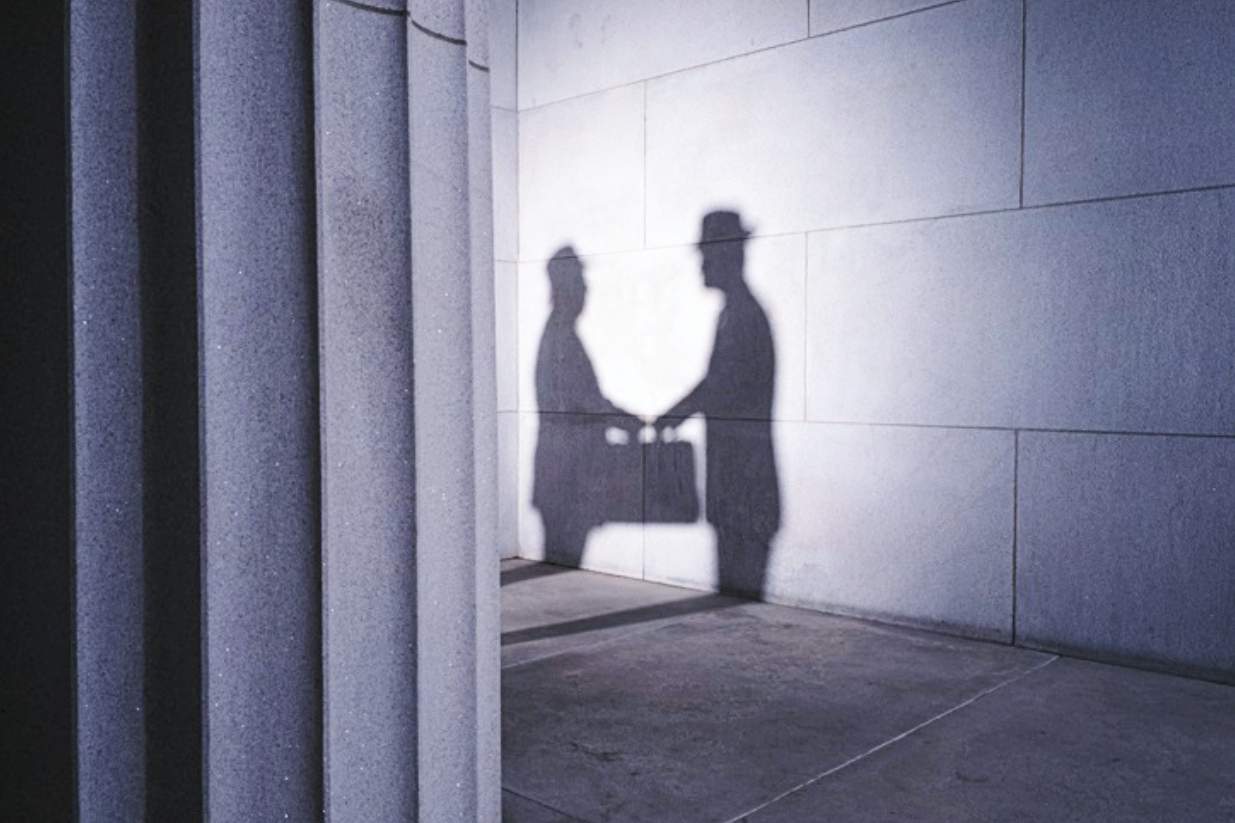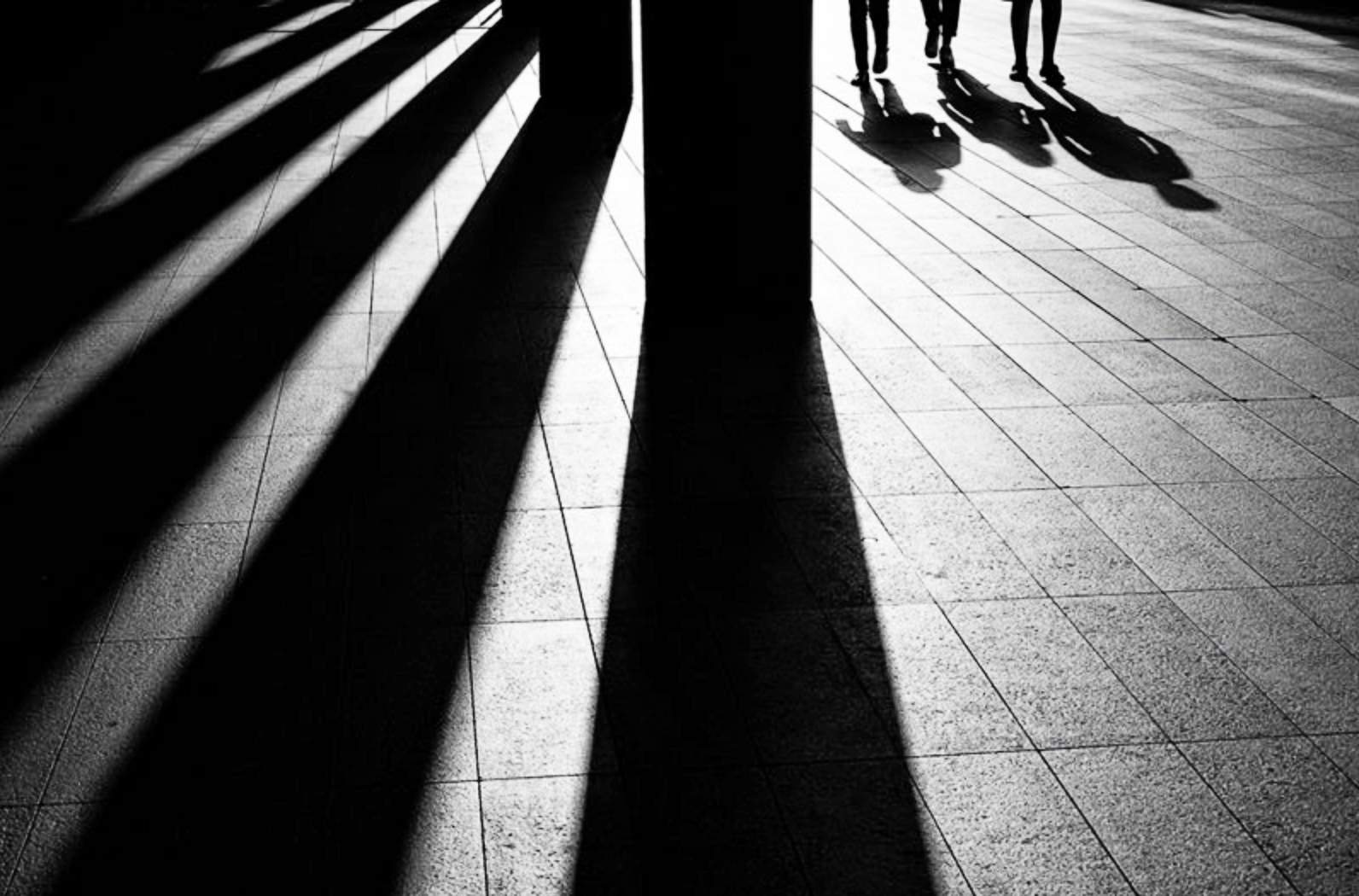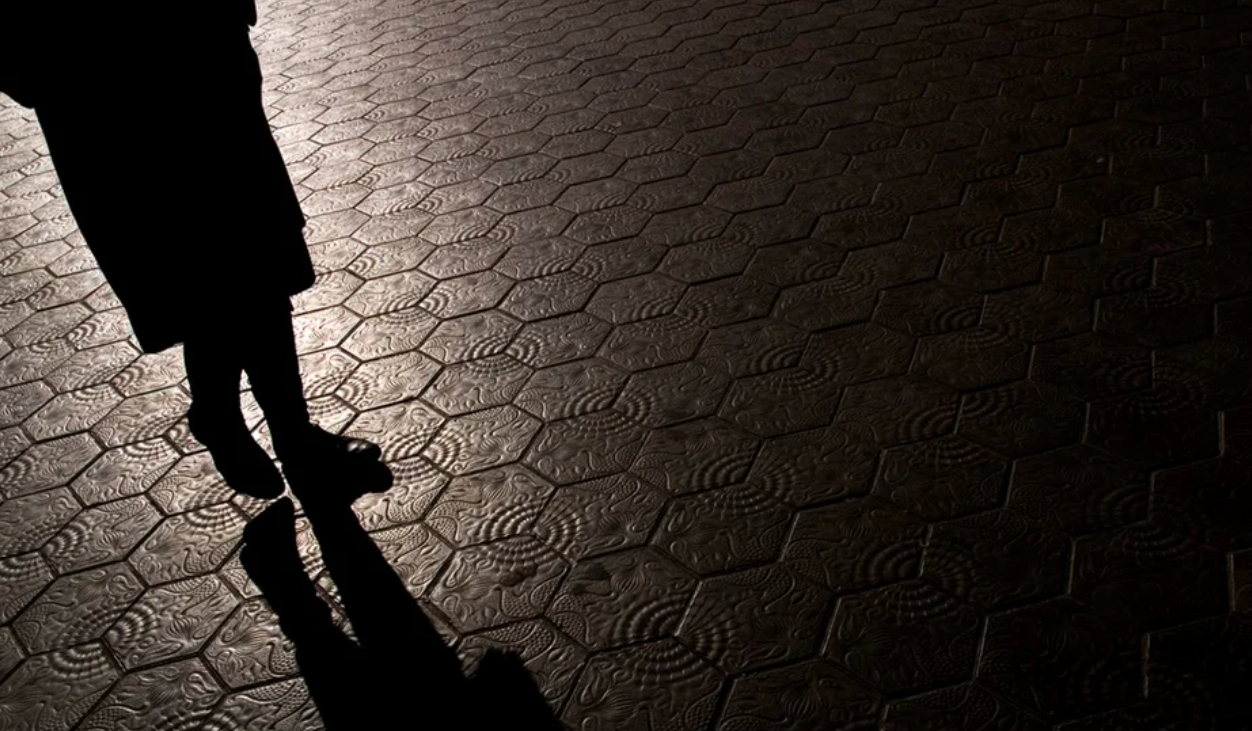Surveillance Spy Skills: Top Tips from the CIA, MI6, and More
Sue Dobson was recruited as a young woman by Nelson Mandela's National African Congress to spy on the South African apartheid regime. Her training took place on the mean streets of Moscow, learning surveillance and counter-surveillance techniques that were crucial to her survival.
“My brief was to pick out as many people as possible who were following me,” Dobson told SPYSCAPE’s True Spies podcast. “There were various techniques. For instance, one would be to cross a road suddenly so you would see who's behind you.”
She used shop fronts as mirrors. On the Moscow Metro, Dobson learned to jump on or off the train at the last possible second, forcing a tail to show their hand or lose her. “A favorite of mine was a makeup mirror. That way I could check who was behind me. I would make sure I always sat in a particular place so I could see the door.”


If Dobson sounds a bit paranoid, that’s because she graduated from spy school. The CIA, MI6, and operatives worldwide know that surveillance and counter-surveillance skills can mean the difference between life and death.
“The case officer’s life may depend on it, and certainly the asset’s life counts on the case officer ensuring that he or she is free of surveillance before making a meeting,” according to ex-CIA officer and SPYEX consultant Doug Patteson.
"The brand new social experience where you activate your gaming skills as you train like a spy."
- TimeOut
Take on thrilling, high-energy espionage challenges across different game zones.

Life and death surveillance
Intelligence operatives train in all aspects of surveillance from planning surveillance detection routes (SDRs) to working as part of a team of covert operators using vans, motorbikes, cars, Segways, and satellites.
“An average-size covert surveillance team is likely to consist of somewhere around 14 operators, five cars fitted with concealed cameras and discreet communications, one disguised van fully equipped with high-resolution optics, a couple of motorbikes, and perhaps two bicycles,” said P.J. Riley, who worked with the British Intelligence Service MI6 for 18 years and wrote MI6 Spy Skills for Civilians.
Operatives may even jump on a horse or walk a dog if the target is strolling through a park or the countryside. Training as part of a surveillance team and learning the tradecraft helps agents who must apply anti-surveillance measures in hostile environments.
Martha Duncan, a former US Defense Intelligence Agency officer and Panama analyst, underwent an intense, diverse course: “I attended a training course in England that focused on surveillance detection, setting up operating posts, conducting surveillance, escape, and evasion - all of the things that are required when you really are in a scenario where you're being followed or you're following somebody.”


Running spies
CIA case officers regularly spot, assess, and develop spies they plan to recruit, which can put the target’s freedom - and sometimes their life - at risk, so mastering surveillance is crucial.
“The absolutely, positively, most critical thing as a case officer you have to do is to understand and confirm your surveillance status. If you have surveillance, you absolutely cannot go to a meeting with an agent,” said David Rolph who ran Adolf Tolkachev, an engineer leaking top-secret military intelligence to the US during the Cold War. “If the status is that you are covered, you abort.”
But how do you know if you’re being followed by a pack of a dozen or more hostile agents? The CIA uses SDRs - surveillance detection routes. Officers know the city streets intimately - including alleyways where surveillance teams may lie in wait - and they study the modus operandi of the opposition services. How do they cover foreign officers? How do they change positions as you park the car? Which vehicles avoid pulling up alongside you or hang back at a red light?
SDRs vary in length depending on the location but they’re usually at least one to two hours long, said ex-CIA officer Ryan Hillsberg. They’re done both before and after meetings to protect the officer and their intelligence source.


SDR tradecraft
When SPYEX consultant Shawnee Delaney worked as a Defense Intelligence Agency officer in Afghanistan, she stuck out like a sore thumb. Delaney needed to be particularly cautious when meeting sources, including one valuable Mullah who seemed to know the whereabouts of Osama bin Laden.
“I taught him how to do a surveillance detection route, made sure he could read maps and things like that. And so he would do an SDR to the meeting to make sure he wasn't being followed. And then I would do a limited SDR because it was not a safe place necessarily, to make sure I was not being followed,” Delaney told True Spies. “Then I would pick him up at a predetermined location and take him to the meeting location where I would debrief him and chat with him for eight or nine hours.”
Losing a surveillance team can become an elaborate game of cat and mouse. When Bill Plunkert worked in Moscow, he used the CIA tech team’s human-sized Jack-in-the-box which was designed to look like the CIA officer’s torso. ‘Jack’ was ready to spring out of the box and take Plunkert’s place in the car when the agent leaped out of the passenger seat.
On route to one meeting, Plunkert carried a face mask, glasses, and an old Russian overcoat. Underneath his own clothes, he was dressed as an elderly Russian man. Eventually, the CIA officer’s driver rounded a corner and the surveillance team behind briefly lost sight of the Americans. When the Russians picked up the tail again, the Jack-in-the-box was riding shotgun and Plunkert was racing into the Moscow night to meet a source.


Electronic spying
Intelligence officers anticipate being attacked by long-range eavesdropping devices when they’re abroad. Their phones and laptops may be subject to ‘equipment interference’ and, in some foreign countries, they might be allocated a hotel room equipped with audio and visual equipment to record every movement.
It cuts both ways, Western spycatchers also use electronic surveillance as part of their counterintelligence operations and to catch traitors.
John Whiteside, a retired supervisory Special Agent who served for 30 years with the FBI, was part of the team tracking Robert Lipka, a National Security Agency (NSA) analyst suspected of selling US secrets to Russia.
“The first thing we did after we left NSA was to initiate surveillance on Robert Lipka at his residence to see where he worked, to see where he banked, to see if he went to church, to see what kind of person we were going to be dealing with,” Whiteside told SPYSCAPE’s True Spies. “I thought it might be helpful if we could get a wiretap on Lipka’s house. We also thought about, perhaps, breaking into the house, a surreptitious entry to see if there was any classified material in this house.”
Meanwhile, the FBI obtained subpoena records for Lipka’s bank accounts and spotted a suspicious deposit for $300,000. The next step involved a ‘false flag’ operation - which meant getting an FBI agent to pose as a Russian intelligence officer to see if they could gain Lipka’s confidence and get him to admit his crime.


FBI surveillance
The FBI used similar techniques while tracking Brian Regan, a former Air Force intelligence officer who’d racked up more than $100,000 in credit card debt.
“The FBI was watching him constantly, monitoring every keystroke at his workstation,” said journalist Yudhijit Bhattacharjee. “They could record his every move.”
The FBI surveillance team watched Regan scribble down notes before attempting to destroy them in his department’s so-called ‘burn bag’. The notes were then retrieved and related directly to the coordinates of images Brian Regan had perused online.
When Regan put in a holiday request to take his family to Orlando. The FBI knew he had, in fact, booked a flight for one to Frankfurt, Germany.
SPYSCAPE+

Join now to get True Spies episodes early and ad-free every week, plus subscriber-only Debriefs and Q&As to bring you closer to your favorite spies and stories from the show. You’ll also get our exclusive series The Razumov Files and The Great James Bond Car Robbery!


Gadgets & Gifts
Explore a world of secrets together. Navigate through interactive exhibits and missions to discover your spy roles.
Your Spy Skills
We all have valuable spy skills - your mission is to discover yours. See if you have what it takes to be a secret agent, with our authentic spy skills evaluation* developed by a former Head of Training at British Intelligence. It's FREE so share & compare with friends now!
* Find more information about the scientific methods behind the evaluation here.


Stay Connected
Follow us for the latest
TIKTOK
INSTAGRAM
X
FACEBOOK
YOUTUBE